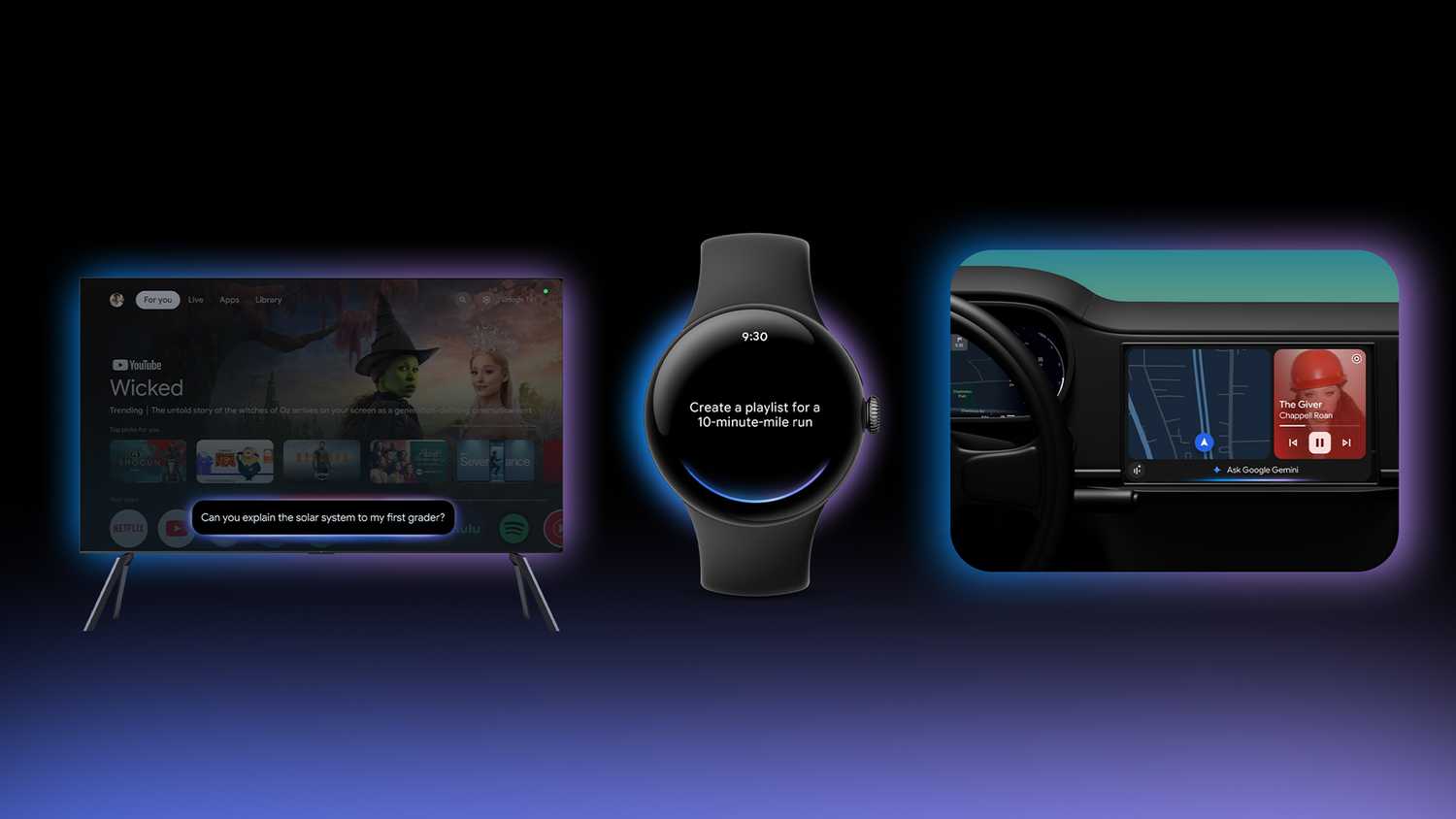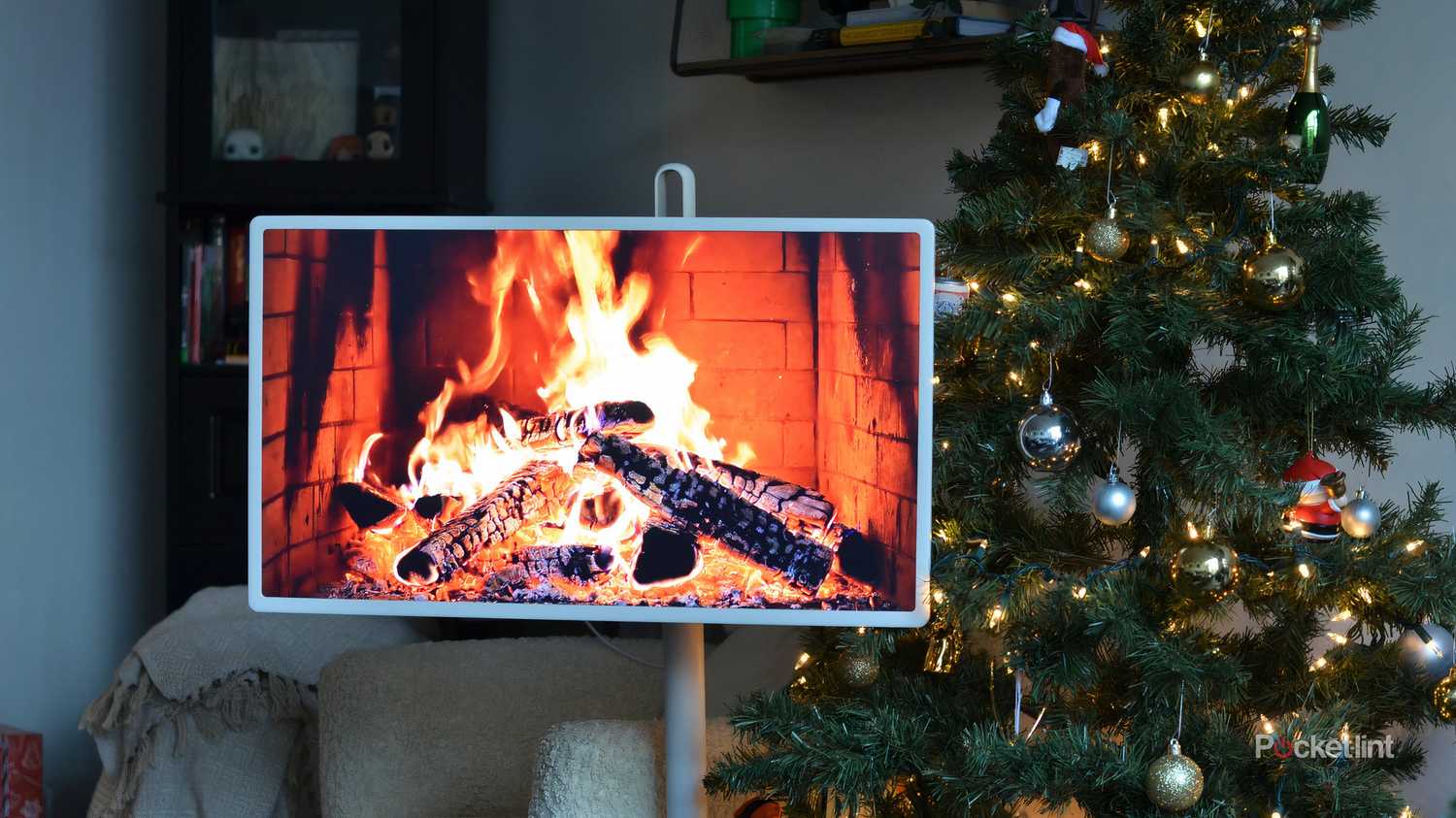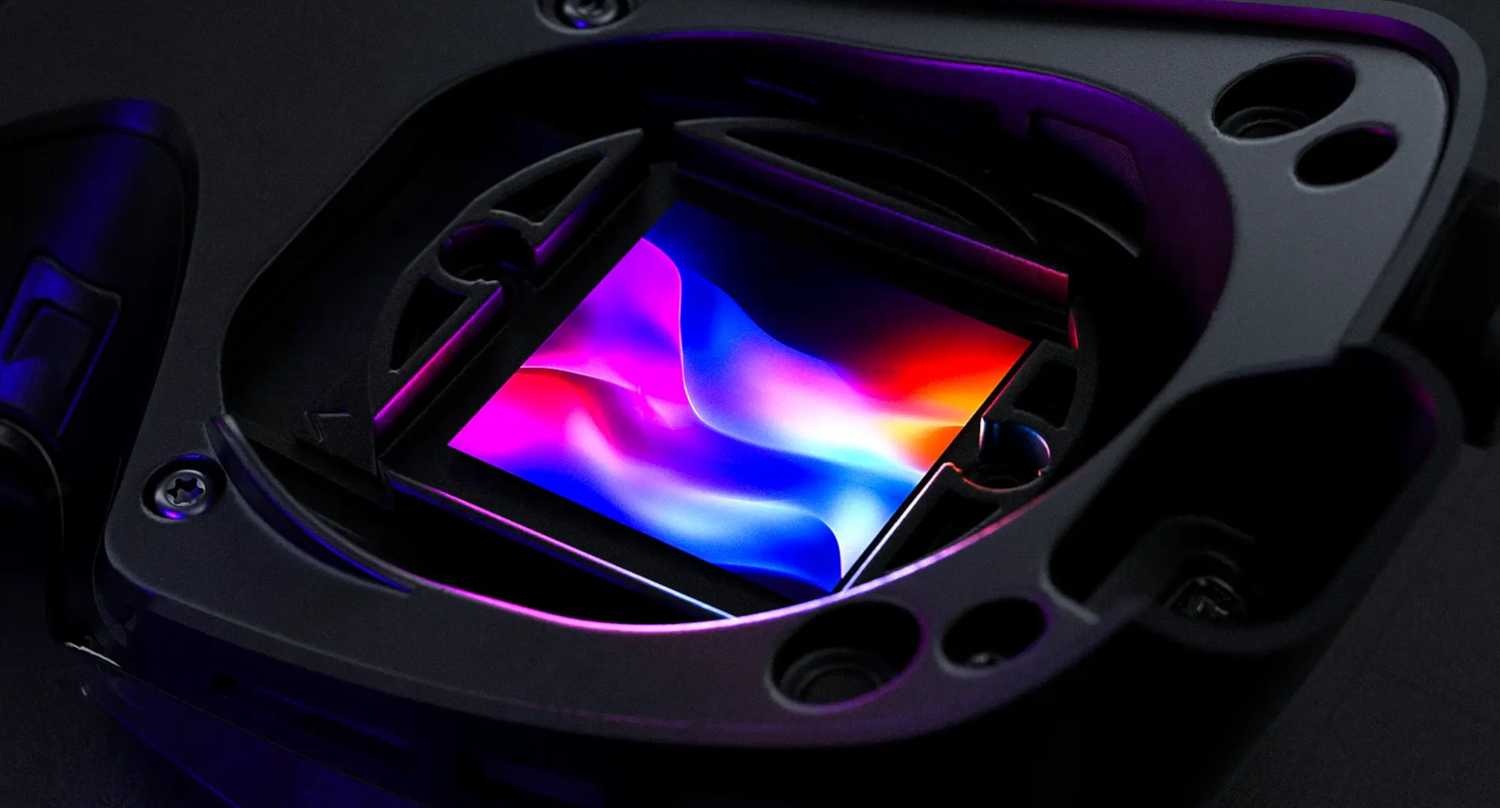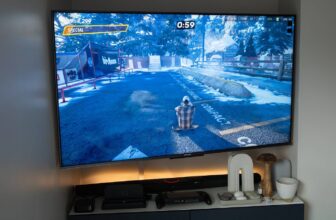Abstract
- Micro-LED ought to ultimately exchange OLED, providing equal or higher image high quality with out longevity or burn-in issues.
- Count on generative AI to turn out to be much more prevalent, with autonomous voice brokers tweaking settings and fetching content material for you.
- AR glasses may ultimately make TVs redundant if corporations like Apple and Meta can get round value, consolation, and dimension points.
TV know-how used to evolve comparatively slowly, as any child of the ’90s or earlier can inform you. Issues continued transferring slowly into the 2000s — when the Xbox 360 launched in 2005, it was the primary time lots of people found how a lot they wanted HD. By the 2010s, nonetheless, the race was on. 720p decision was rapidly eclipsed by 1080p, then 4K. The primary smart TVs began transport, and display screen sizes ballooned past something I may’ve imagined proudly owning in highschool. 40 inches went from being gigantic to tiny. Right now, many front room TVs are over 60 inches, and there are fairly inexpensive 100-inch TVs if you happen to care extra about dimensions than high quality.
The place are issues headed from right here? It is not an educational query, since it is going to determine what you should purchase subsequent, if something. There is a distinct chance that 5 years from now, it might make extra sense to purchase AR/VR glasses than an enormous slab of glass caught in your front room. Or maybe that concept may show to be method too early, very like the fad of 3D TVs within the wake of James Cameron’s Avatar. Solely time will inform how important any of those developments shall be.
1
Micro-LED
The previous king is lifeless, lengthy dwell the king
On most present gadgets, the best show know-how is a few type of OLED. That is as a result of OLED screens can shut off particular person pixels at will, not like conventional LCDs, which rely on LED backlights that may’t go utterly black. The result’s that OLED presents superior distinction, and sometimes a superior coloration gamut as properly.
The inherent flaw in OLED is the O, which stands for “natural.” That limits its lifespan, and makes it extra vulnerable to burn-in, an impact triggered by leaving a static picture onscreen for a very long time. Actually, I just lately purchased a substitute work laptop computer with an OLED panel, and the shop clerk explicitly coached me on decrease burn-in points.
Micro-LED (to not be confused with mini-LED) gives the image high quality of OLED with the longevity of inorganic materials. As a bonus, it presents an extremely fast response time, minimizing ghosting results. The one actual catch is pricing — if you happen to may even discover one, current micro-LED TVs value tens of 1000’s of {dollars}. In 5 years, although, I would anticipate finding micro-LED units at your native big-box retailer.
2
Generative AI
All aboard the hype prepare
Generative AI stays extra hype than substance in lots of circumstances, given how usually it “hallucinates” — that’s, fabricates lies, or in any other case will get issues flawed. Even when it will get issues proper, it is usually a gimmicky addition. Within the case of Google TVs with Gemini, as an illustration, it usually does little greater than summarize a present episode, or level you within the route of a YouTube video when your little one asks a science query.
Google and different megacorporations are hardly going to cease making an attempt, nonetheless. The final word objective appears to be an “agentic” assistant that may discover or change something for you — as an illustration, adjusting a number of image settings directly or displaying all the films with each Arnold Schwarzenegger and Invoice Duke.
If hallucinations might be minimized, count on these brokers to start out taking predictive actions, too. In concept, your TV would possibly at some point acknowledge that Saturday at 7PM is film evening, and mechanically change the amount and good lights whereas pulling up your watchlist. There is no purpose why AI could not add films to your watchlist by itself, both, and have an affordable probability at getting issues proper, assuming human reviewers are nonetheless round.
3
Developments in ‘life-style’ TVs
Ornamental TVs will not simply be for the choosy
In the event you’ve been looking for TVs previously few years, you don’t have any doubt run into merchandise just like the Samsung Body, which makes use of a mix of ornamental bezels, a matte display screen texture, and screensaver software program to imitate an artwork set up. I like the concept in concept greater than I do in follow, since there are trade-offs in picture high quality, and leaving a TV on many of the day is a surefire approach to elevate your energy payments whereas decreasing the {hardware}’s lifespan.
There’s demand for the idea, although, so count on to see applied sciences enhance to assist it. What would actually assistance is the proliferation of dynamic refresh charges right down to 1Hz, very like my iPhone, which makes use of that to assist its always-on lockscreen with out draining the battery in an hour. A micro-LED TV with a 1-144Hz refresh fee can be a factor to behold, though I am not holding my breath on that one.
Lately, corporations like LG have experimented with rollable and clear TVs, pairing questionable worth with absurd worth tags. As foldable screens turn out to be cheaper and extra dependable, nonetheless, they might really turn out to be a sensible method of mixing TVs right into a room or stashing them out of the best way. I am much less satisfied that clear TVs will succeed, since most of us need our TVs towards the wall anyway — however fascinating developments may come out of them.
4
AR and VR experiences
Who wants a TV?
You might be forgiven for dismissing the concept of watching films in VR if you happen to’ve solely ever tried an older headset, like the unique HTC Vive. Newer merchandise just like the Meta Quest 3 and Bigscreen Past 2 are significantly higher, being lighter, sharper, and extra handy. Some fashions — just like the Quest 3 and Apple Imaginative and prescient Professional — are utterly standalone gadgets, which means you needn’t tether them to a PC.
It is genuinely improbable to observe a film in a brand new VR headset if you happen to do not encounter any points with value or consolation. In a digital surroundings, there isn’t any restrict on display screen dimension, and you may embrace or exclude different individuals at will if an app helps it, irrespective of how distant they dwell.
Price and luxury do stay points for lots of people, however the excellent news is that the state of affairs is constant to progress. Firms like Apple, Meta, and Google are aggressively pursuing AR glasses, which ought to be capable of mission films and exhibits in entrance of you with out cumbersome face items, or isolating you from the remainder of the world.
If guarantees are saved — and that is an enormous if, thoughts you — there may not be a lot name for 100-inch TVs in 2030. You should still wish to collect mates in your sofa, however largely to share snacks and chat in actual life.
Trending Merchandise

SAMSUNG FT45 Sequence 24-Inch FHD 1...

ASUS RT-AX1800S Dual Band WiFi 6 Ex...















